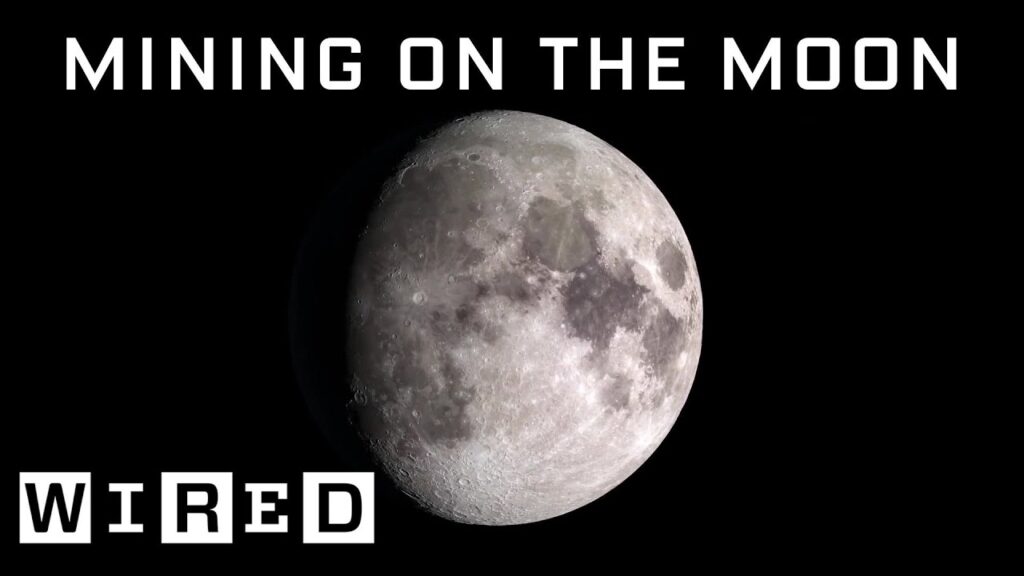Stone Skipping: The Physics and Techniques Behind It
Summary
Stone skipping is a competitive sport for some, requiring skill and an understanding of the physics behind it. Kurt Steine holds the world record for most consecutive skips at 88, but the limit for the number of skips is still unknown. Choosing the right stone, grip, and angle, are all factors that can make a difference in achieving a good skip. Research into stone skipping has practical applications, such as spacecraft bouncing off the atmosphere to stay in orbit, making it more than just a fun pastime.
Table of Contents
- Choosing the Right Stone
- The Importance of Grip and Stance
- The Ideal Angle for Skipping Stones
- The Physics of Stone Skipping
- The Limits of Stone Skipping
- Stone Skipping as a Practical Science
- Stone Skipping: Fun Pastime or Serious Competition?
Introduction
Stone skipping may seem like just a fun activity to many, but for experts like Kurt Steine, it’s a serious competition that requires skill and understanding of the physics behind it. From choosing the right stone to achieving the right grip and angle, there are a lot of factors that can make a difference in achieving a good skip. In this Q&A article, we will discuss the different techniques and physics behind stone skipping.
Q&A
Choosing the Right Stone
Q: What kind of stones are best for skipping?
A: Stones with flat or slightly rounded sides are preferred as they tend to skip further than stones with smooth or rough sides. The ideal size of a stone is palm-sized, with a weight between 2 to 4 ounces, depending on the skipper’s preference. Asymmetrical stones are generally avoided as they tend to create an unpredictable bounce.
The Importance of Grip and Stance
Q: How does grip and stance affect skipping stones?
A: The grip and stance can significantly impact the trajectory of the stone. A proper grip on the stone should be firm but not too tight, with the first two fingers pressed firmly against the stone’s edge. The throwing arm should also be straight to achieve optimal arm speed, allowing the stone to rotate efficiently upon release. For the stance, the skipper should use their dominant foot as the pivot point with their body weight shifted onto their back foot to achieve a proper throw.
The Ideal Angle for Skipping Stones
Q: What is the ideal angle for skipping stones?
A: The ideal angle for a stone to skip on the water’s surface is around 20 degrees. This angle causes the stone to skip across the water rather than sink, and the rotation of the stone upon release should be spinning clockwise to achieve optimal stability.
The Physics of Stone Skipping
Q: What is the science behind stone skipping?
A: A successful skip requires skill and an understanding of the physics behind it. When a stone is thrown, it first bounces off the surface of the water. The water acts as a support structure for the stone, allowing it to slide across the surface before coming to a stop. The angle of entry and the rotation of the stone affects the number and length of skips. Surface tension and water viscosity also play a vital role in the distance and number of skips.
The Limits of Stone Skipping
Q: What is the limit for the number of skips?
A: The limit for the number of skips is still unknown. Kurt Steine holds the world record for most consecutive skips at 88. According to scientist Tad Truskett at Utah State University’s Splash Lab, the theoretical limit for stone skipping is around 93 miles per hour with 2,800 to 3,000 revolutions per minute, potentially resulting in 350 consecutive skips. However, Steine himself believes the limit is closer to 20 skips due to the irregular shapes of stones in nature.
Stone Skipping as a Practical Science
Q: Is there any practical application of researching on stone skipping?
A: Research into stone skipping could have practical applications, such as spacecraft bouncing off the atmosphere to stay in orbit. Understanding the principles of stone skipping can aid in the design of spacecraft re-entry vehicles that could bounce off the upper atmosphere to maintain momentum and reduce heat buildup.
Stone Skipping: Fun Pastime or Serious Competition?
Q: Is stone skipping only a fun pastime or a serious competition?
A: Stone skipping can be both a fun pastime and a serious competition. Many enthusiasts compete in national and international championships where they showcase their skills and techniques. While it may seem like a simple activity, it requires a lot of skill and physical fitness to achieve the perfect skip.
Conclusion
Stone skipping is more than just a fun pastime; it’s a complex activity requiring skill and understanding of the physics behind it. From choosing the right stone to achieving the right grip and stance, each step of stone skipping can affect the outcome. Research into stone skipping could have practical applications in the design of spacecraft re-entry vehicles, showing its value beyond entertainment.







